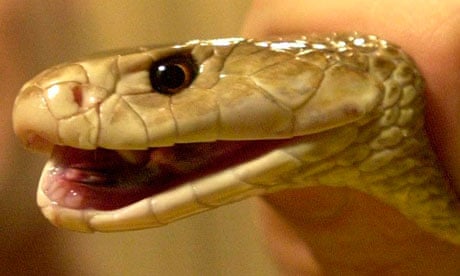"For the six or seven major male science fiction writers who emerged during the 1970s, there are at least 15 or 20 women." So said Alexei and Cory Panshin in Expanded Universe, a collection of critical essays about Speculative Fiction published in 1981. In fact, even some of the best male writers to have emerged during the 1970s turned out to be women.
In 1977, James Tiptree, the winner of several Hugo and Nebula awards announced that he was a she: Dr Alice Sheldon. Meanwhile, the Hugo award for best novel went to women four times between 1970 and 1979 – which is precisely four times more than women had ever won the award before.
But if all that suggests a triumph of female writing, it also shows victory was hard won. The fact that Sheldon pretended to be a man speaks volumes in itself. The excellent New York Times article from which I cribbed that story also explains that in the year Ursula K Le Guin became the first female author to win the Hugo award for the magnificent Left Hand of Darkness, Playboy ran one of her stories under the byline "UK Le Guin'' because, as a Playboy editor explained, "Many of our readers are frightened by stories by women authors.'' The same NYT article (written in 1982 by the SF writer Susan Schwartz) concludes: "It would be very nice if publishers would stop plastering book jackets with baroquely futuristic artillery, lecherous aliens and women in those large bronze bras."
So the fact that Vonda N McIntyre should take the award in 1979 with a novel as feminist – and determinedly feminine – as Dreamsnake seems more surprising than inevitable. Even today, the book seems an unusual choice.
Chief among its anomalies is the fact that instead of kicking butt, the lead character is dedicated to saving lives. Snake is a healer, relying on the respect due to her trade (and occasionally a bit of help from the venomous namesakes she carries around) to survive rather than any ability or willingness to fight. She lives in a hard post-apocalyptic world, scarred by radioactive pits left over from a war that "destroyed everyone who knew or cared about the reasons it had happened".
Humanity has reverted to low-tech tribalism (except in a walled and closed city) and Snake wanders from place to place tending to the sick and bringing comfort to the dying. She's helped in the latter by the hallucinogenic venom from the dreamsnake of the book's title.
Or at least, she was helped – because in the first chapter her one precious snake is killed and she spends most of the rest of the book looking for another one. Following this quest sometimes requires a little patience, especially if you have a low tolerance for mannered prose:
"Sand coiled quietly on the dark felt. Snake patted the floor to call him. He moved towards her, and suffered himself to be replaced in the satchel."
At its worst, Dreamsnake reads like the dull bits of Tolkien – only without the jokes. But more often than not, the heavy portentous language fits the setting, and while the writing can occasionally seem overwrought, it is more often efficient and effective. McIntyre certainly has a way with gloomy and unexpected imagery:
"Heavy with Norths' presence, silence lay over the woods. Snake thought she could see other movement between the trees, but she could not be sure, and the growth seemed too close and heavy for other people to be hiding there. Perhaps in this dark alien forest the trees twined and untwined their branches as easily as lovers clasp hands."
Elsewhere, Snake's blighted world is expertly drawn, and her encounters with dysfunctional societies can be bracing and challenging reading. Most notably Snake uncovers a case of child abuse, in one of her stop-off points. According to McIntryre, this subject proved controversial in 1979 and "some people had a problem" with it. Even today, it seems an unusual thing to encounter in an SF book. It's also effective. McIntyre tackles the issue with compassion and quiet anger that does credit to her skill as a writer. The fact that she won a Hugo, meanwhile, does credit to the award. It's a challenging, unsettling book – and a long way from the macho swashbuckling that some people still think typifies SF.

Comments (…)
Sign in or create your Guardian account to join the discussion